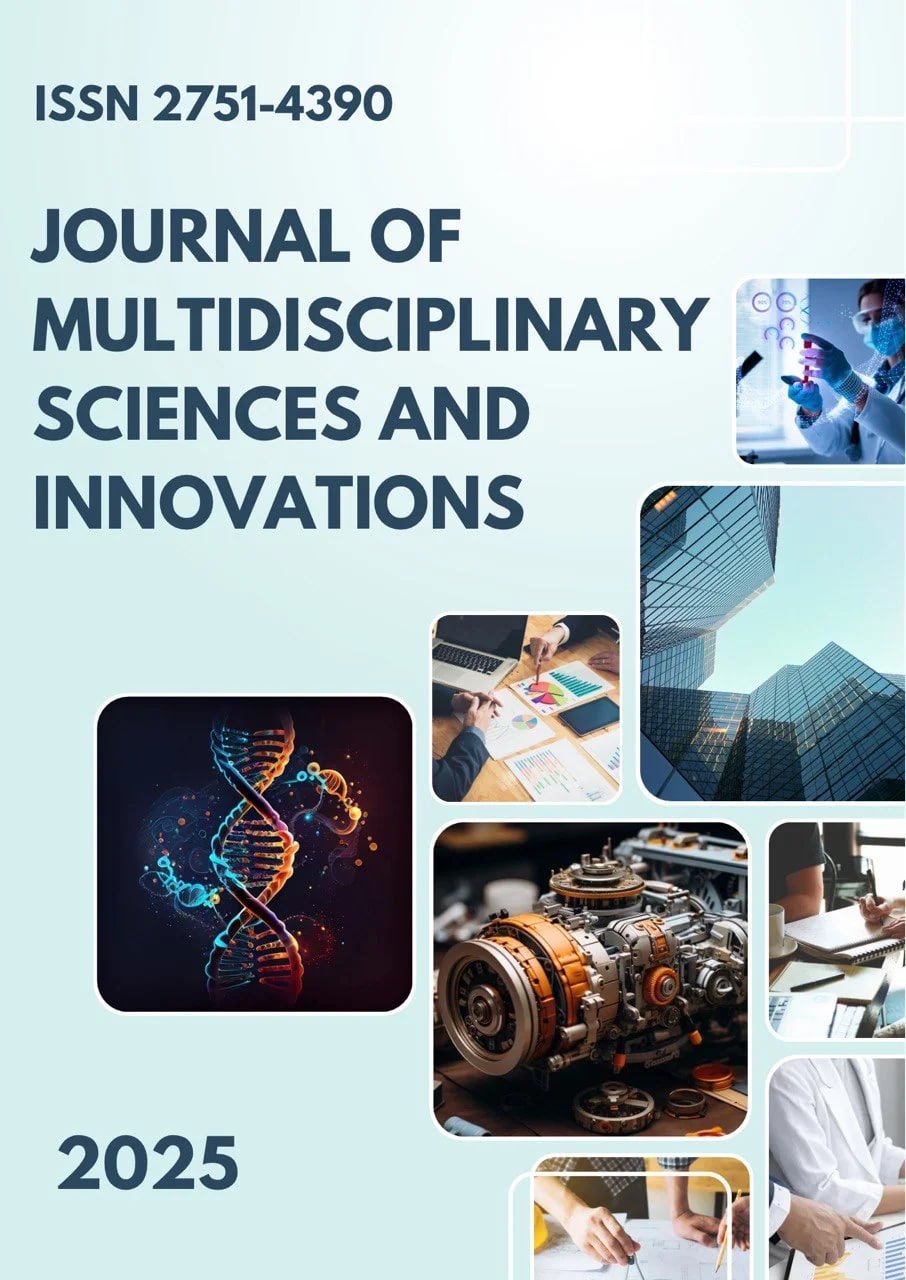PLASMALYTE IN MUSCULOSKELETAL DISORDERS: IMPLICATIONS FOR THE MANAGEMENT OF DORSALGI
Main Article Content
Abstract
Dorsalgia, or back pain, is one of the most common musculoskeletal disorders affecting people of different ages and occupations. Its multifactorial etiology includes degenerative changes, muscular strain, trauma, and metabolic disturbances. Plasmalyte, a balanced isotonic electrolyte solution, has recently been explored for its potential role in improving metabolic homeostasis, reducing muscular ischemia, and enhancing tissue perfusion in patients with dorsalgia. This article analyzes the clinical rationale for using Plasmalyte in dorsalgia management, discussing its physiological benefits, therapeutic indications, and possible implications for improving patient outcomes.
Downloads
Article Details
Section

This work is licensed under a Creative Commons Attribution 4.0 International License.
Authors retain the copyright of their manuscripts, and all Open Access articles are disseminated under the terms of the Creative Commons Attribution License 4.0 (CC-BY), which licenses unrestricted use, distribution, and reproduction in any medium, provided that the original work is appropriately cited. The use of general descriptive names, trade names, trademarks, and so forth in this publication, even if not specifically identified, does not imply that these names are not protected by the relevant laws and regulations.
How to Cite
References
1.Mythen, M. G., & Shaw, A. D. (2013). “Anaesthetists should embrace balanced crystalloids.” BMJ, 346, f393.
2.Kellum, J. A., & Lameire, N. (2018). “Balanced crystalloids for critically ill patients.” New England Journal of Medicine, 378(9), 829–839.
3.Hoy, D., et al. (2014). “The global burden of low back pain: estimates from the Global Burden of Disease 2010 study.” Annals of the Rheumatic Diseases, 73(6), 968–974.
4.Raghunathan, K., et al. (2015). “Choice of fluid therapy in the perioperative setting: a review.” Anesthesia & Analgesia, 120(3), 537–549.
5.World Health Organization. (2022). Musculoskeletal conditions fact sheet. Geneva: WHO.

